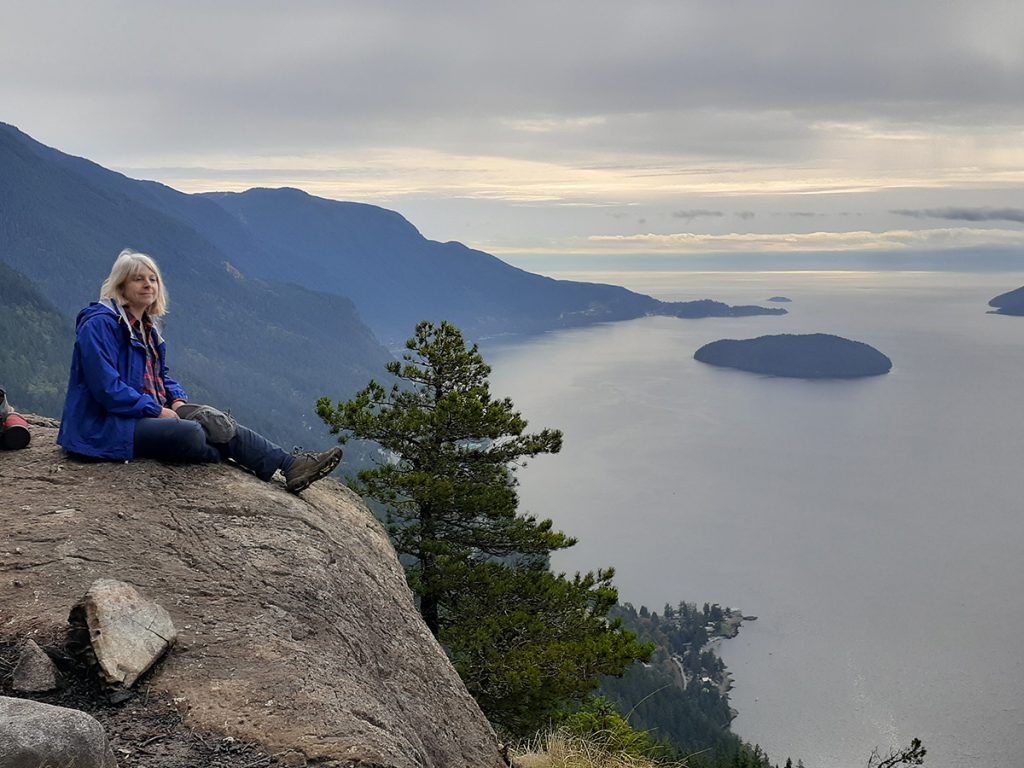
I was hiking alone in the mountains one day and stopped at a viewpoint. Gazing down at the city, I thought: What if a major earthquake struck right now? What would it look like and feel like to me, up here on my own? What would I do? How would I make my way home? How would I find my husband, or how would he find me?
The idea wouldn’t leave me, the notion of being away from the city when the Big One hit. The more I thought about it, the more I remembered stories I’d heard about the disparate ways people react in a situation like that. Some are brave; some are cowardly. Some lead while others collapse. Some do what we all hope we would do: find reserves within that they can draw on to survive and find (or protect) their loved ones. Others do the last thing we’d expect: they see disaster as a rare opportunity—a chance to walk away from their lives, to reinvent themselves, to disappear into thin air.
The more I thought and read about these wildly different reactions, the more I felt compelled to explore how a variety of characters would experience sudden disaster and dislocation. There are five main characters in The Broken Places—female and male, young and old, gay and straight, privileged and not—each of them at a point of extreme strain in their lives when the earthquake hits. It felt important to work with multiple points of view, with characters whose limits are tested in different ways and who surprise themselves and others by rising to the occasion, or not, as their lives hurtle out of control.
